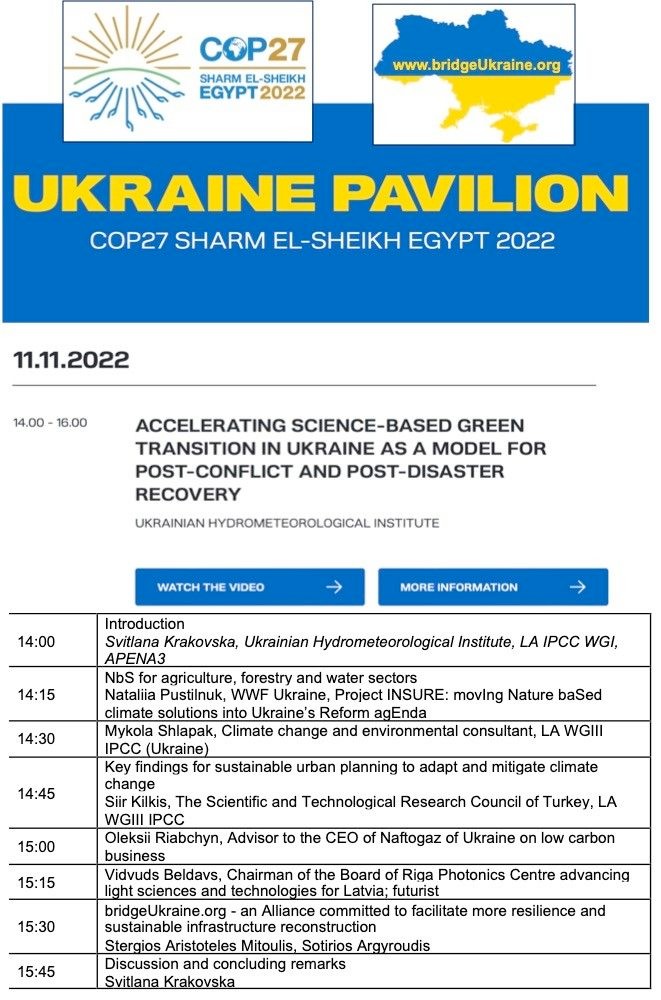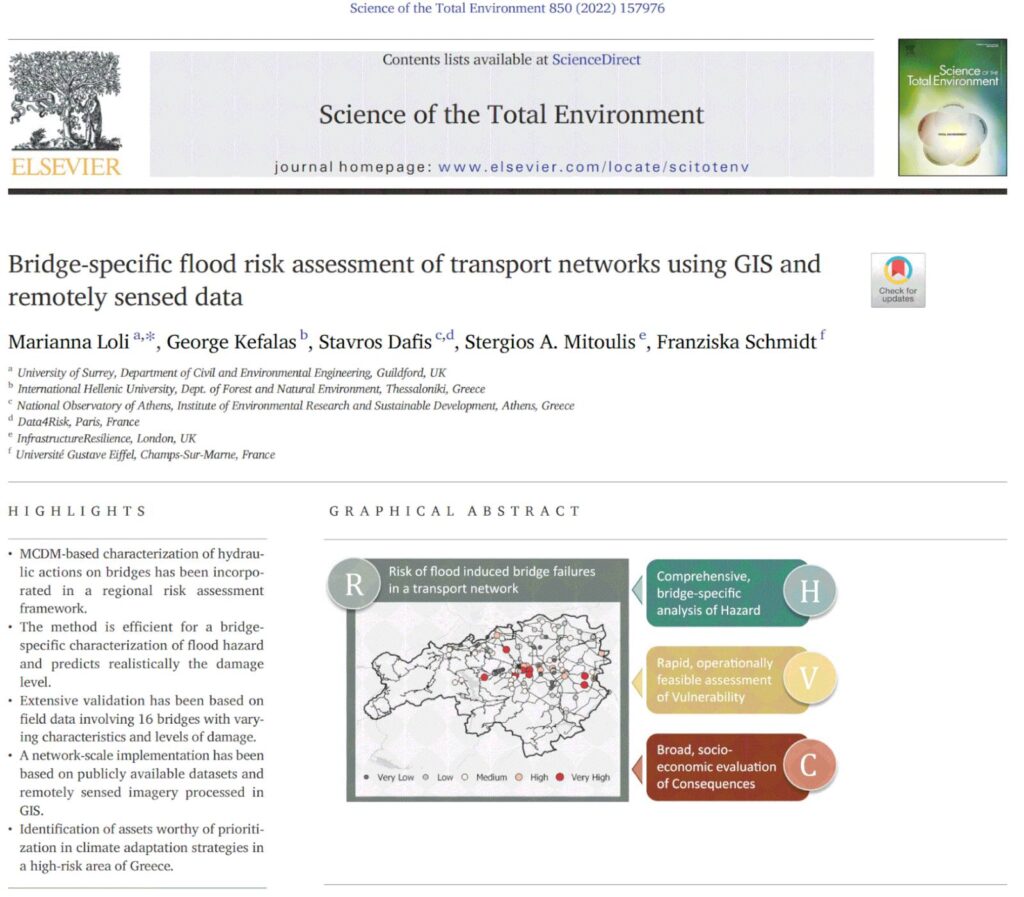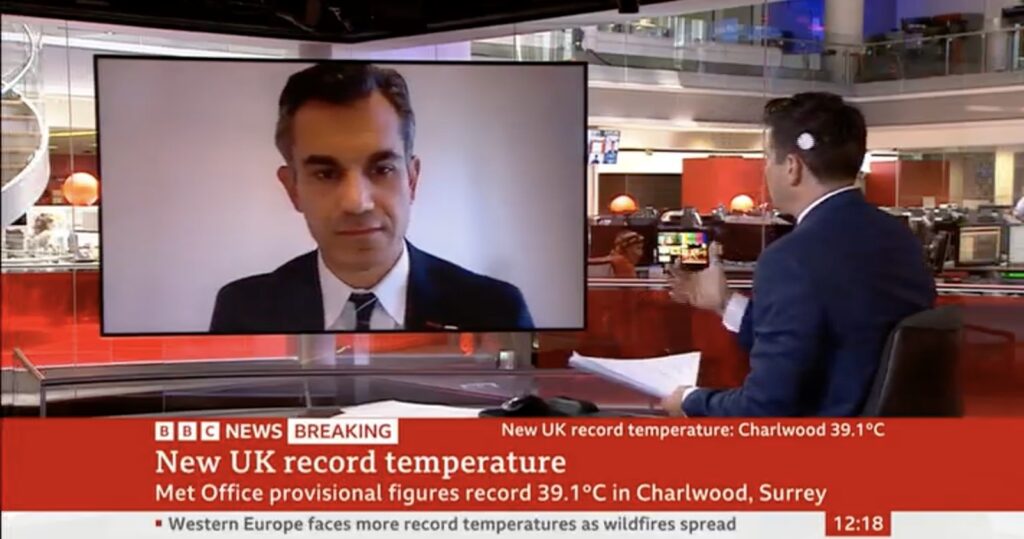Here you will find news relevant to the activities of the initiative including webinars, talks, consulting projects, publications, participation in conferences and meetings mostly relevant to resilience of critical infrastructure with emphasis on transport and energy assets and their intra/interdependencies, views on the UNs Sustainable Development Goals and use of digital and emerging technologies in infrastructure resilience- and sustainability-based management
1
Mar 23
InfrastructuResilience supports Charity “Involve Nepal”
A new video is out explaining why we urgently need to reconstruct structures and facilities in earthquake-prone areas in Nepal and the need for fundraising for new small-scale buildings and facilities.
www.invovlenepal.org

16
Feb 23
ReCharged project kick-off meeting
Our Horizon-MSCA-2021-SE ReCharged project just started and members of the infrastructuResilience are the coordinators. The background is real- its Parthenon the most resilient building in the world!

ReCharged – Climate-aware Resilience for Sustainable Critical and interdependent Infrastructure Systems enhanced by emerging Digital Technologies
13
Jan 23
New paper on conflict-resilience for critical infrastructure peacebuilding
In our new article published in Sustainable Cities and Society we present a new framework for the resilience informed prioritisation of critical infrastructure recovery in wartorn countries. We discuss the challenges to existing resilience frameworks and the value of standoff and ground-validated data in peacebuilding. The framework is applied for the case of damaged bridges in west Kyiv in Ukraine, showing how resilience analytics and intelligence from crowdsourcing during a conflict can optimise decision-making and resources allocation.
The article “Conflict-resilience framework for critical infrastructure peacebuilding” is open access: https://lnkd.in/eqHmM7WW
Authors: Dr Stergios Aristoteles Mitoulis, Dr Sotirios Argyroudis, Dr Mathaios Panteli, Dr Clemente Fuggini, Dr Sotiris Valkaniotis, Dr William Hynes, Dr Igor Linkov

More info about our work for Ukraine can be found on our research initiative: www.bridgeUkraine.org -for a resilient and sustainable Ukraine
2
Dec 22
ICE podcast on structural resilience
Our podcast for the Institution of Civil Engineers ICE (UK) is now live! The podcast is part of the ICE KnowledgeHub and facilitates capacitybuilding and knowledgetransfer.
Title: Structural resilience and the role of the Civil Engineer
In this podcast, Dr Sotirios Argyroudis and Dr Stergios Mitoulis, joined hosts Mark Hansford, ICE director of engineering knowledge and Alexandra Wynne, ICE knowledge content director, to discuss the civil engineer’s role in ensuring structural resilience.
If you want to hear the podcast click this link

11
Nov 22
invited talk in COP27
Dr Sotirios Argyroudis delivered a talk in COP27 on “science-based green transition in Ukraine as a model for post-conflict and post-disaster recovery”

15
Oct 22
infrastructuResilience at the top 2% of scientists
Based on a research conducted by Stanford University, Dr Stergios Mitoulis and Dr Sotirios Argyroudis are in the top 2% of scientists in their sub-field (Updated science-wide author databases of standardized citation indicators for 2021)
9
Oct 22
Third interview in BBC World News
Stergios Mitoulis was interviewed by BBC World News on the damage of the Crimea Bridge.

22
Sep 22
Workshop to Ukrainian Engineers
Design of prestressed bridges to Eurocodes – Resilient ways to build back better”
This is an initiative of www.bridgeUkraine.org in collaboration with the Ukrainian State Road Research Institute (see post in Ukrainian here: https://lnkd.in/eDeRKJSv)
With this seminar we aim to create a Community of Practitioners to continuously help the engineers working in Ukraine to assess, design and reconstruct damaged bridges and infrastructure assets in a resilient and sustainable way.
The seminar delivered in English and was translated into Ukrainian by Marat KHODZHAIEV, Bridge Engineer & expert on post-tensioned bridges and bridge optimization
The workshop included three parts:
Part 1: Design of post-tensioned bridges according to Eurocodes
Part 2: Resilience in bridge and transport network design, assessment and reconstruction
Part 3: Answering questions and revising design decisions at the request of seminar participants

15
Aug 22
New paper on bridge-specific flood risk assessment of transport networks
Our paper Bridge-specific flood risk assessment of transport networks using GIS and remotely sensed data is published in the Science of the Total Environment (IF=10.75)
Few words: The paper delivers a unique framework for the expedient assessment of flood risk to transportation networks focused on the response of the most critical and vulnerable infrastructure assets, the bridges.

10
Aug 22
Second interview on BBC news on climate resilience for extreme temperature
Stergios Mitoulis was interviewed by BBC World News for the impact of heatwave and extreme temperature to critical infrastructure
